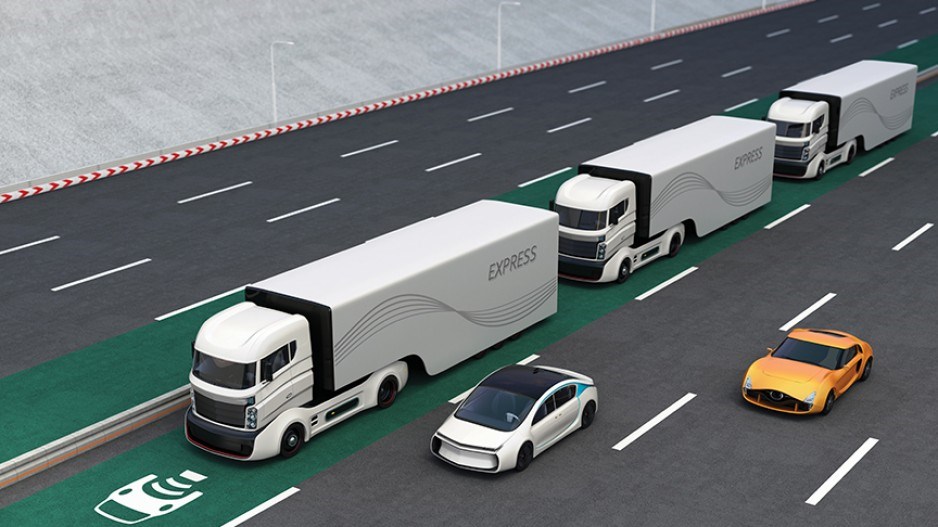Driverless cars will likely be hitting the road sooner than most people expect. The technological capability already exists, and companies are waiting for legislators to catch up. Some anticipate that the technology will help the trucking industry, which has been plagued by labour shortages over the past few years. However, those within the industry are skeptical that it will make truck drivers obsolete.
“There’s a perception that the industry is going to be automated and all these jobs will go away,” said Dave Earle, president and CEO at the BC Trucking Association. “I got to tell you, I don’t think I’m young enough to see that happen.”
But he added that self-driving technology will dramatically change the industry, especially when it comes to logistics technology, load staging and automating shorter routes. While the demand for some jobs will change, Earle said driving roles will still need to be filled. Job description changes he foresees in the industry include truck drivers taking on more of a pilot role and overseeing a trip rather than driving it. Platooning, where one truck is linked to others in convoy, using connectivity technology and automated driving support, is another innovation expected to be widely implemented. In this scenario, the driver monitors the convoy from the lead truck.
There are also routes that Earle said are a long way away from being driverless. He gave the example of a fuel transporter that gets a call from the Ministry of Forests to drop off aviation fuel down a forest service road that isn’t programed into a GPS, a job that he said artificial intelligence would be incapable of performing.
But not everyone agrees with Earle’s assessment. Barrie Kirk, executive director at the Canadian Automated Vehicles Centre of Excellence, cites Volvo’s cabless truck that looks like a sedan pulling a trailer. The newest trucks coming onto the market do not incorporate a driver, either as a monitor or platoon leader.
While humans might still be needed to drive trucks hundreds of miles down a forest service road, they are becoming increasingly irrelevant for other off-road uses like mines and large resource projects.
“Off-road applications are the low-hanging fruit,” said Kirk. “It’s a controlled site. You don’t have to be concerned with quite so onerous regulations and a lot of companies in the mining industry, the trucking industry and the forestry industry are already developing working prototypes.”
The software programming required for a self-driving truck in a controlled mine or oilsands site is easier to write and produce than one needed to have it drive through downtown Vancouver.
Kirk emphasized that drivers will still be needed during the transition to full automation. He said automated trucks will likely be adapted first to highways before they’re put onto city streets. This provides an opportunity for drivers to deliver goods within a city bringing product from the self-driving truck on the highway to its final destination.
Another interim delivery program that would involve drivers are systems similar to UPS’ drone program.
The company has married its traditional trucks with delivery drones that can deliver small packages and return to the truck, automating parts of the delivery route.
Kirk doesn’t think trucking companies are adequately preparing for the inevitable paradigm shift.
“I think it’s important that trucking companies start to think ahead and look at the operation’s plan and prepare for the automated truck era,” said Kirk. “If they wait until the technology is here, they are too late, and they’ll be losing out. We recommend that people start planning now, and I don’t see a lot of activity in the trucking industry to prepare for this.”




